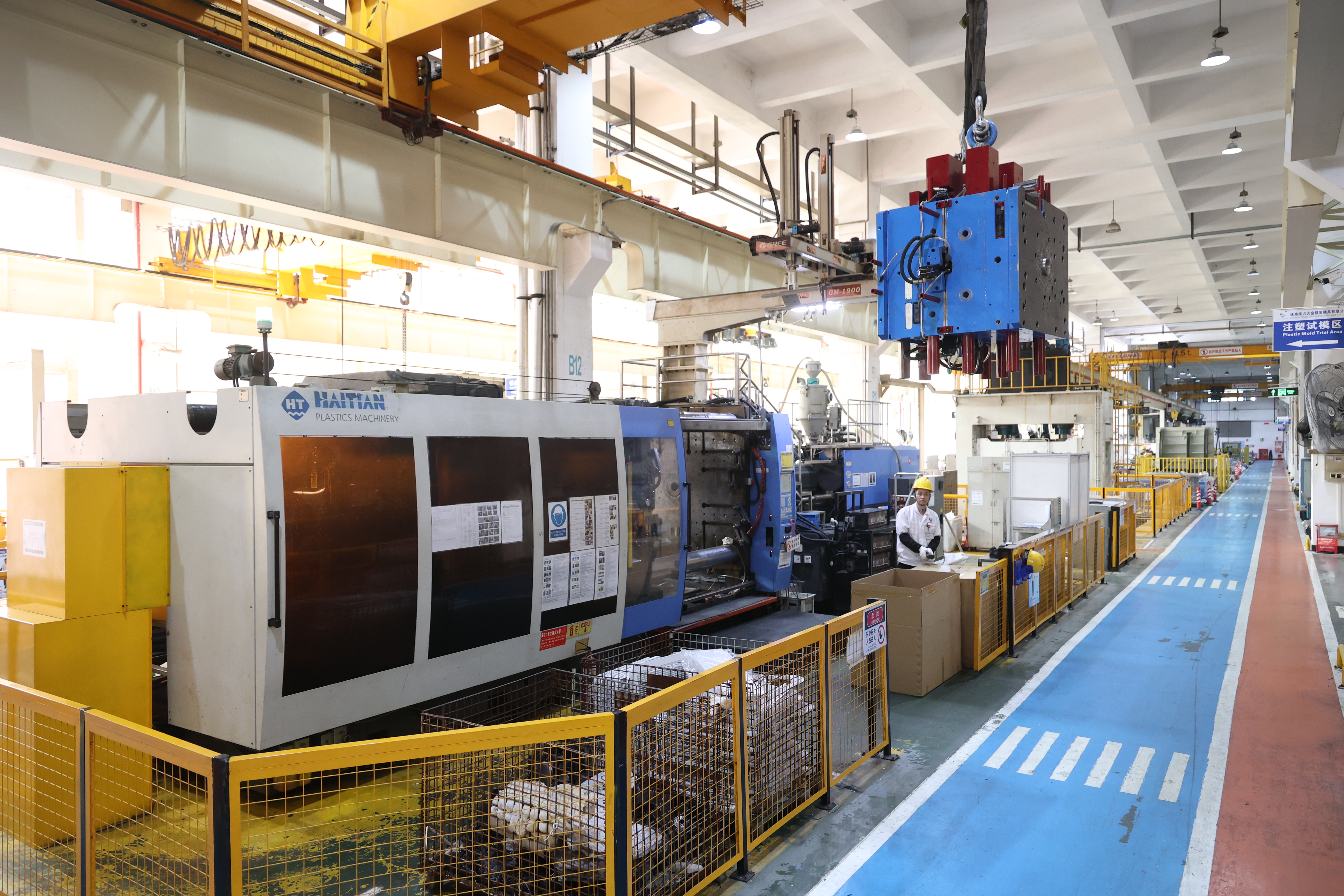Views: 0 Author: Site Editor Publish Time: 2025-09-15 Origin: Site
Injection pressure:

The pressure exerted by the top of the plunger/screw on the plastic serves to overcome the resistance of the plastic flowing from the barrel to the cavity, to provide the filling rate of the melt, and to compact the melt.
The maximum injection pressure of the front end of the screw is tightly related to the hydraulic pressure generated by the oil cylinder, and it has to be within the rated pressure of the injection machine.
During setting, low pressure should be used as much as possible; high pressure should be avoided at high speeds to prevent abnormal situations.
The magnitude of injection pressure is influenced by any factors, such as the type of plastic, the complexity of the plastic part, the wall thickness of the plastic part, the structure of the nozzle, and the size of the gate. It typically ranges from 40 to 200 MPa.
Holding Pressure:
Holding pressure refers to the process during injection molding where, after the cavity is filled, the screw does not immediately retract but continues to apply pressure to the melt at its front end. During the holding phase, the plastic in the mold cavity shrinks in volume due to cooling. If the gate has not yet solidified, the screw slowly advances under holding pressure, allowing additional plastic to be injected into the cavity to compensate for shrinkage. Generally, the holding pressure is ≤ the injection pressure.
The role of holding pressure: To supplement the material volume near the gate area and prevent the not-yet-hardened plastic in the mold cavity from flowing back under residual pressure before the gate cools and seals. It also compensates for shrinkage-induced voids and reduces vacuum bubbles.
Holding pressure and speed are typically set to 50~60% of the maximum pressure and speed when the plastic fills the mold cavity.
The duration of holding pressure is related to the material temperature and mold temperature. High temperatures result in longer gate sealing time and longer holding time.
Holding pressure is related to the projected area and wall thickness of the project. Thicker and larger products require longer holding times.
Holding pressure is related to the size, shape, and dimensions of the gate.
When injection molding, holding pressure is the most critical phase of the process. This period starts when the melt fills 99% of the mold cavity and continues until the gate solidifies. The strength and toughness of the molded part depend entirely on whether holding pressure is maintained until the gate solidifies.
Plasticizing Pressure(back pressure)
Plasticizing refers to the process where plastic and other additives are heated in the barrel to a molten state and uniformly mixed.
During plasticizing, the melt continuously moves toward the front end of the barrel (into the metering zone), accumulating until a certain pressure is built up, which pushes the screw backward. To prevent the screw from retracting too quickly and to ensure uniform compaction of the melt, a counteracting pressure is applied. This opposing pressure that resists the backward movement of the screw is called back pressure.
If back pressure is too low, the following issues may occur:
A. The screw retracts too rapidly, resulting in lower melt density (looser structure) at the front end of the barrel and increased air entrapment.
B. Poor plasticizing quality and unstable shot volume, leading to fluctuations in product density and dimensions.
C. Defects such as sink marks, air streaks, cold flow lines, and uneven gloss on the product surface.
D. Internal bubbles in the product, and insufficient filling around edges and ribs.

If back pressure is too high, the following issues may occur:
A. Excessive melt pressure and temperature at the front of the barrel reduce viscosity, increasing reverse flow in the screw flights and leakage between the barrel and screw. This reduces plasticizing efficiency.
B. For heat-sensitive materials (e.g., PVC, POM) or certain pigments, prolonged exposure to high temperatures may cause thermal degradation or increased color change, leading to poor surface color/gloss.
C. Slower screw retraction and longer plasticizing time extend the cycle, reducing production efficiency.
D. High melt pressure may cause nozzle drooling after injection. In the next cycle, cold material in the flow channel can clog the gate or cause cold slug marks.
E. Excessive back pressure often leads to nozzle leakage, wasting material, and potentially damaging the heater bands near the nozzle.
F. Increased mechanical wear on the plasticizing unit and screw/barrel assembly.
content is empty!
ZHUHAI GREE DAIKIN PRECISION MOLD CO., LTD.